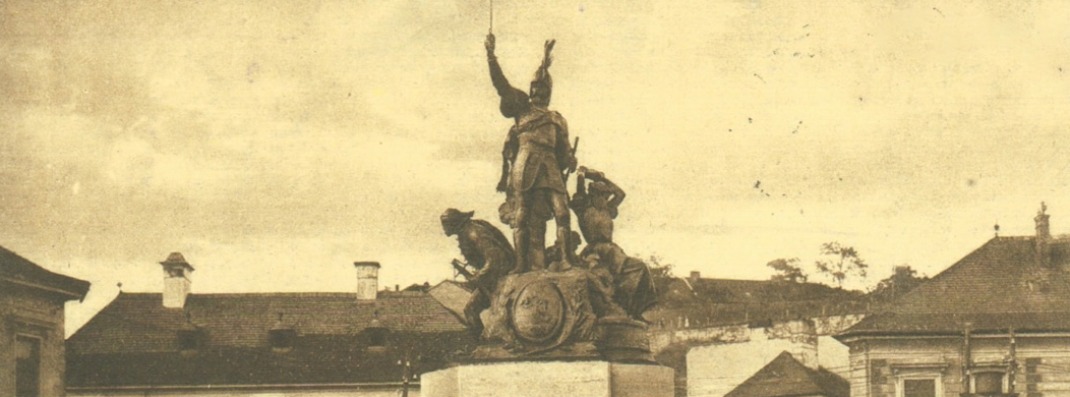The first Hungarian language teacher training school
It was thanks to Pyrker János archbishop of Eger to educate teachers in Hungarian language, it was him who established the first Hungarian language teacher training school in 1828.
|

|
Lyceum of Eger
The most valuable, the grandest monument of Eger, basicly dominating the town view. One of the oldest higher education institutions of the country.
|
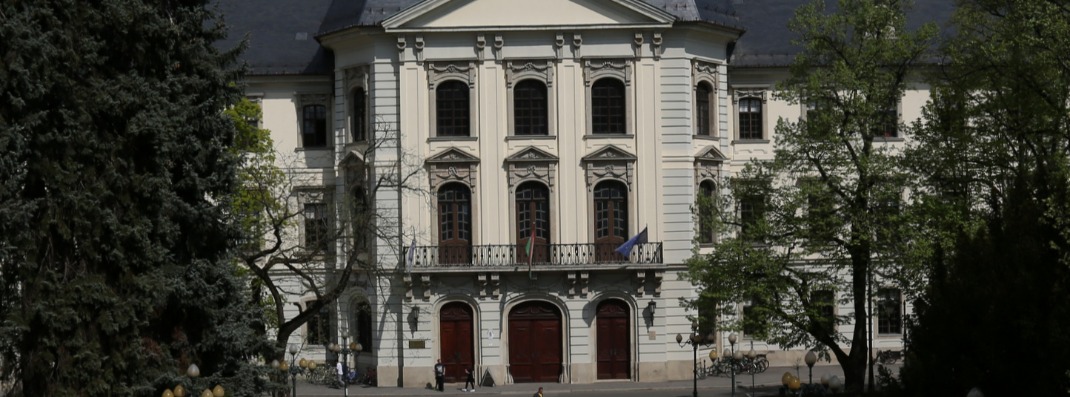 |
The living folkart of Eger
Our folkart is a spiritual cultural heritage, a community knowledge generated and carried on from generations to generations.
|

|
Healing springs of Eger
Three major carst spring outburst places can be found int he area of Petőfi square. The water composition values of the healing springs of Eger are invaluable.
|
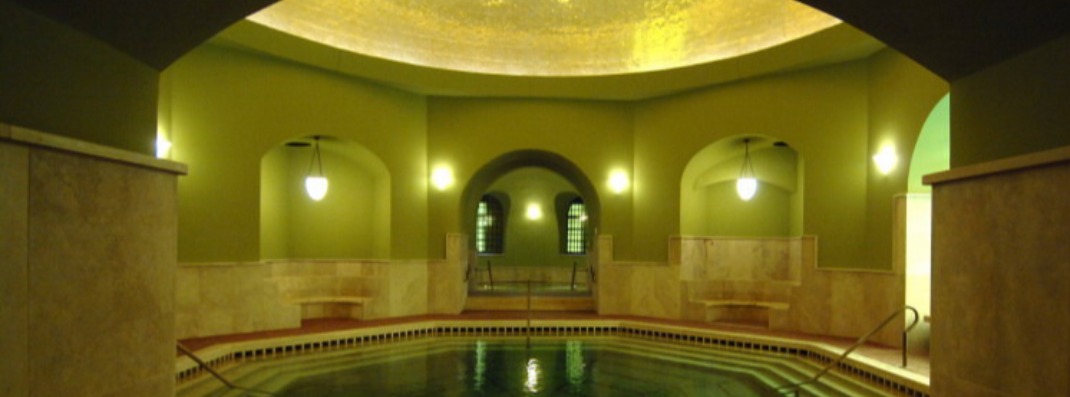
|
Dr. Bárány István town sports swimming pool
This place is the first shrine of Hungarian swimming- and waterpolo sport concerning a lot of people, bringing a lot of success, its construction is unique in industry history.
|
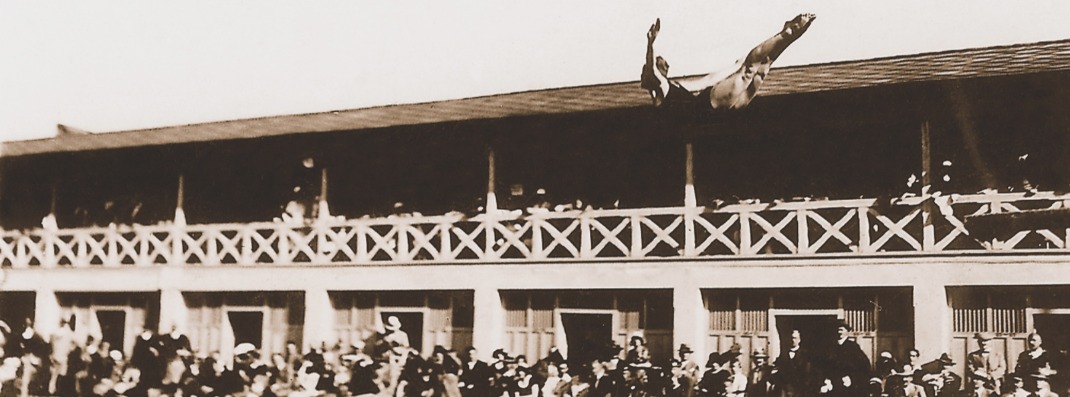
|
Heves County Archive of Hungarian National Archive – documents of lasting archive value
The written sources of the past of Eger and Heves county are indispensible for those dealing with history science, local and personal history.
|
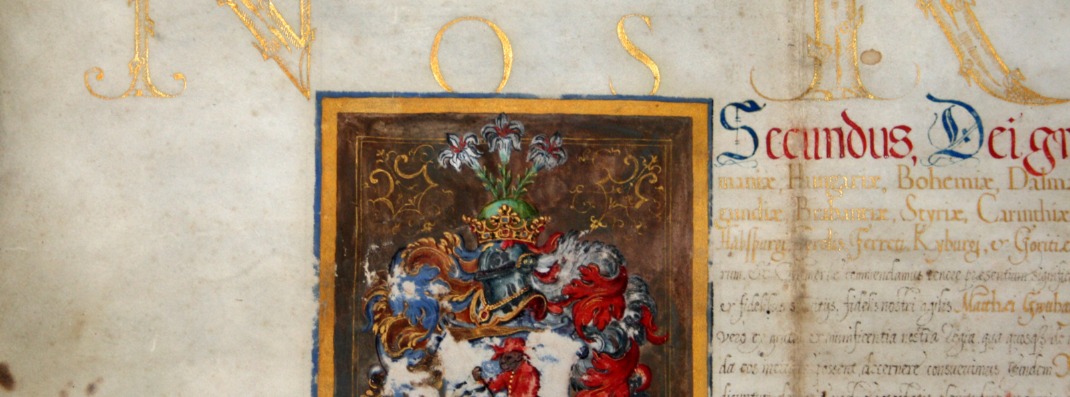
|
Gárdonyi Géza, Stars of Eger
The popularity of the novel has been continuous since it was first published. The perseverance and victory of the heroes of Eger is exemplary. (the title of the English version is : The Eclipse of the Crescent Moon)
|
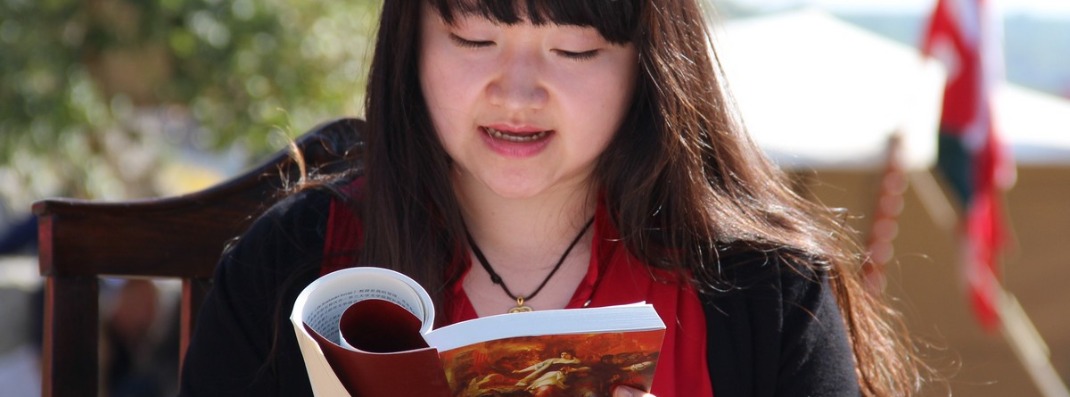
|
The Collection of Local Knowledge of Bródy Sándor County and Town Library
The local knowledge collection of the library tries to fulfil the interest in the past, present and future of Eger and our county.
|
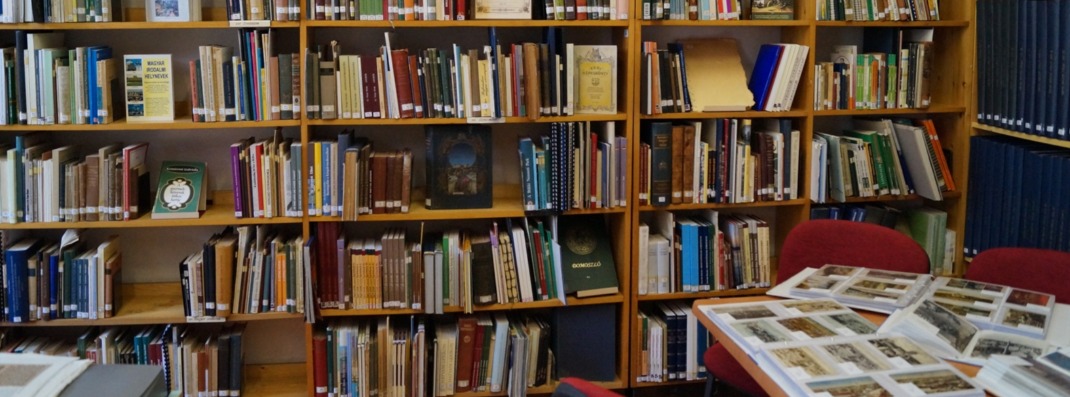
|
The Maple tree /Platanus hybrida in the area of the Thermal Bath of Eger
National value, its look and elegance is unique. The local inhabitants love it and respect it since thanks to their votes it was elected to be the Tree of Hungary in 2012 and the next year the Tree of Europe.
|
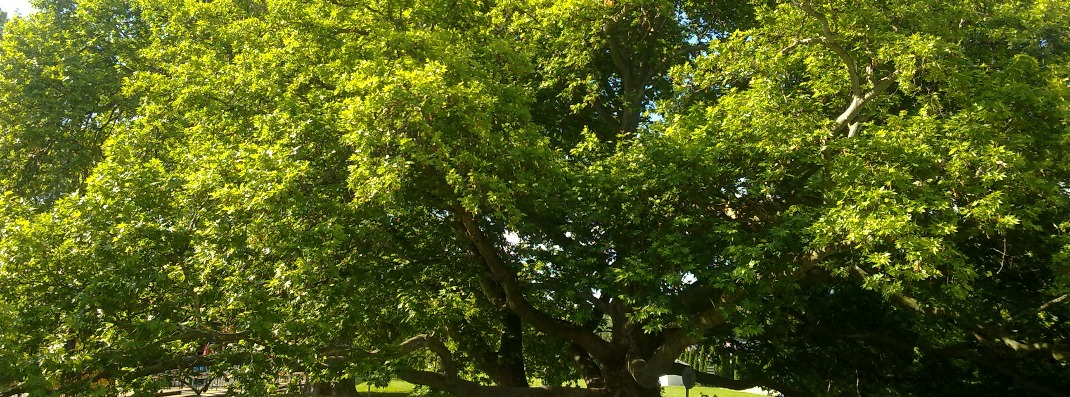
|
The basic establishments of the drinking water supply of Eger town (waterworks-machine house and de-acidizer in Petőfi square and the drinking water reservoir on Hajdú hill)
The waterworks-machine house in Petőfi square and de-acidizer in Petőfi square and the 2 x 300 m3 drinking water reservoir on Hajdú hill have been the basic establishments of the drinking water supply of Eger town since 1927.
|
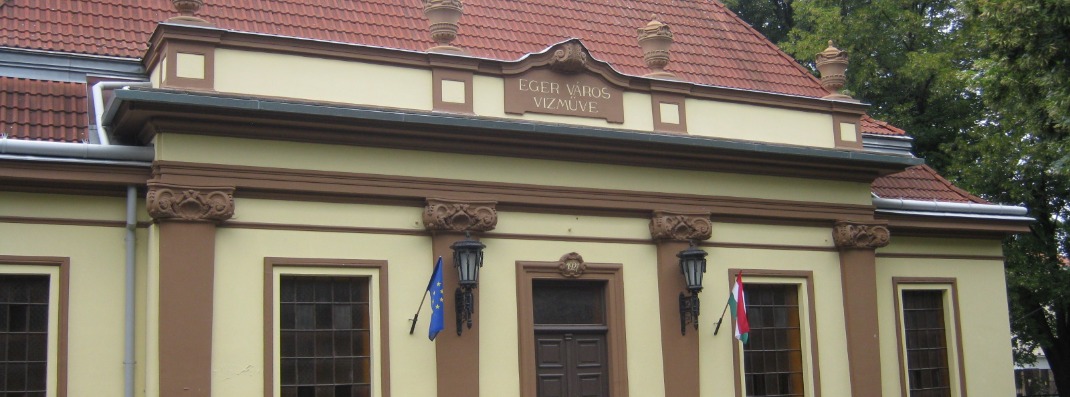
|
The Heroism of 1552
The castle of Eger as a historical memorial site represents a cultural heritage inseparably connected to which are such values like the burial site of king Imre I. and the patriotism and heroic bravery of the defenders in 1552.
|
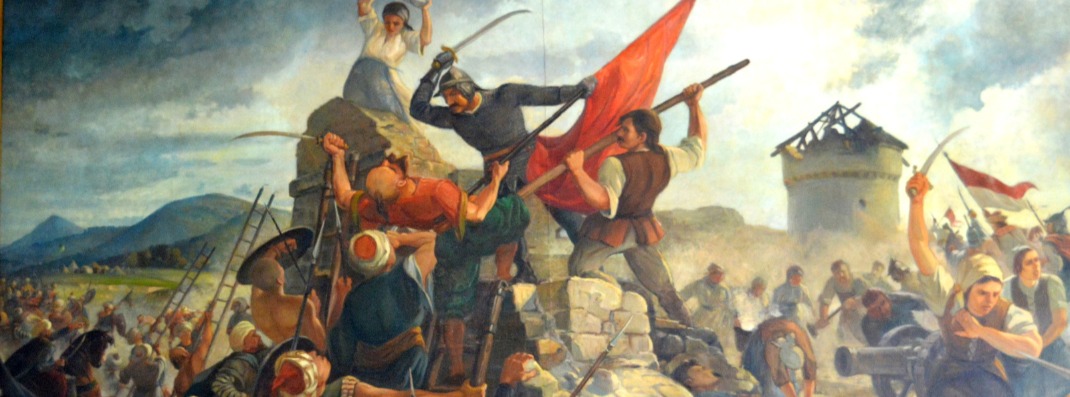
|
Egri Bikavér wine (Bull’s Blood of Eger)
The most outstanding red wine of Eger Wine Region and of all Hungary is an accentuated National Value and since 2017 it has been a Hungaricum.
|
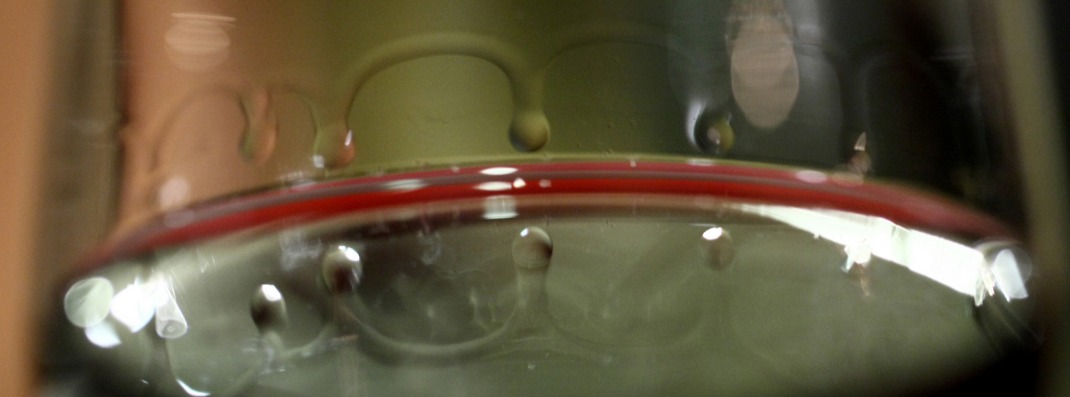
|
Egri Csillag wine (Star of Eger)
This white wine of Eger Wine Region having become a dominant player by now may become a real Hungaricum the production of which cannot be repeated anywhere else in the world.
|
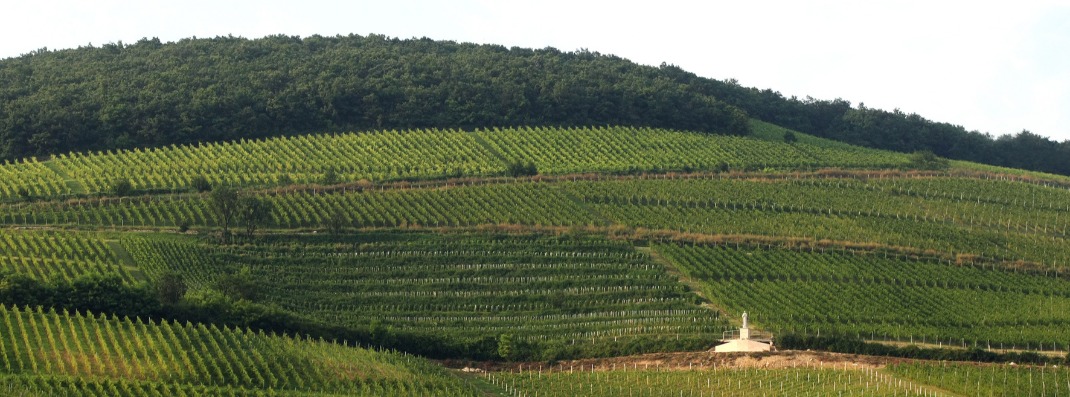
|
Érsekkert (Archbishop’s Garden) nature reserve of local importance
Archbishop’s Garden is one of the oldest still existing Hungarian parks, as a historical garden it is locally protected. Also called as „the lungs” of the town.
|
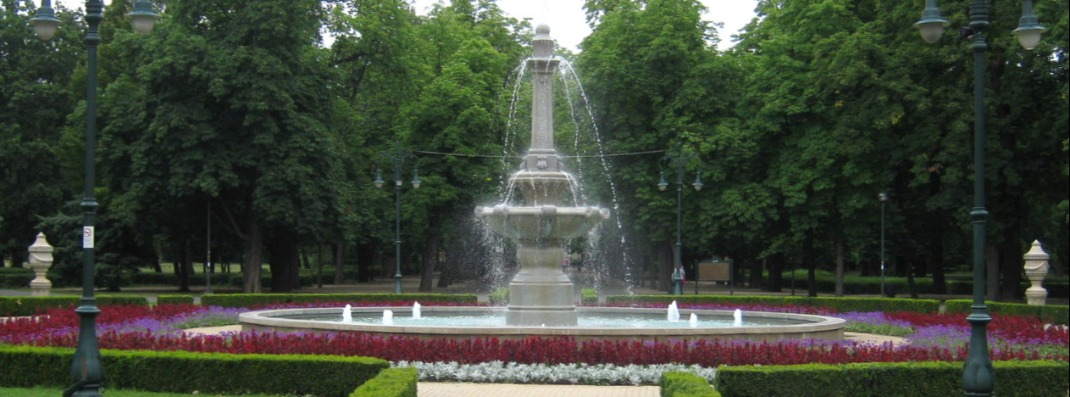
|
Grőber urn cemetery of local importance
Protected cemetery garden of local importance. It is important to preserve the existing original look, natural values of the cemetery for the future.
|
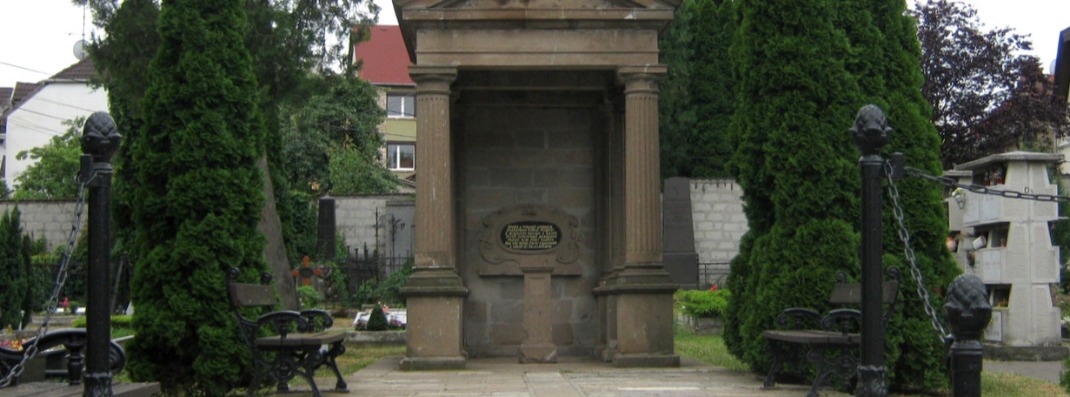
|
The living tradition of the district mastership of Eger
The district mastership of Eger nowadays has uniquely preserved the heritance of the several century tradition from generation to generation in Hungary.
|
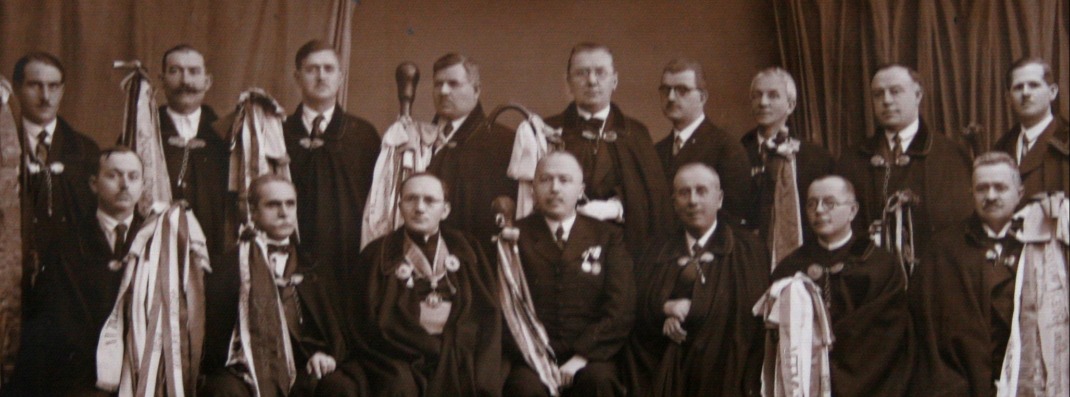
|
Bells of Eger
The bells of Eger are relics of religious- and industrial history.
|
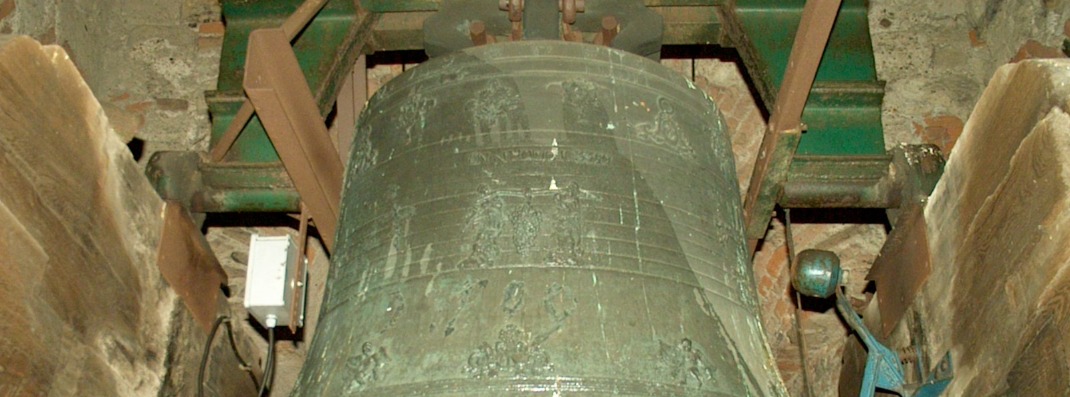
|
Fiery wheel of Eger
The fiery wheel of Eger is an iconic relic of the victory in Eger in 1552.
|
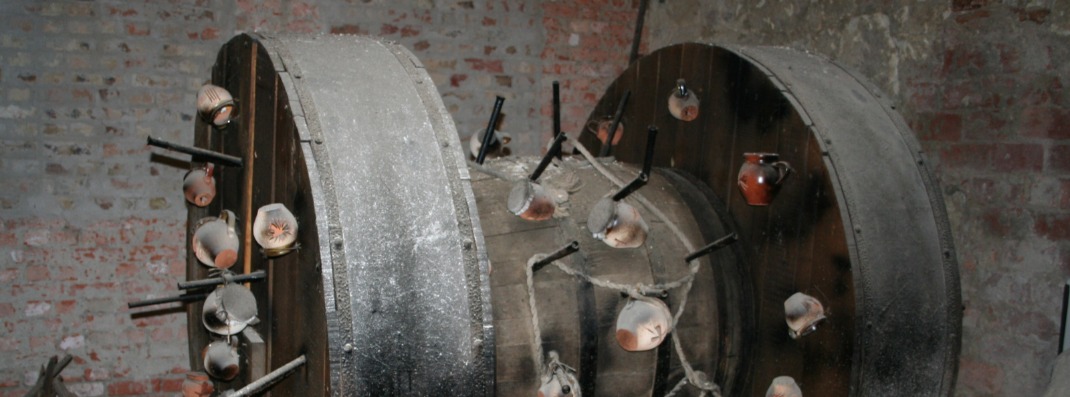
|
Underground corridor - casemates - system of Eger
The underground corridor - casemates - system of Eger castle is unique in the country both in its historic importance and its technical solutions and size.
|
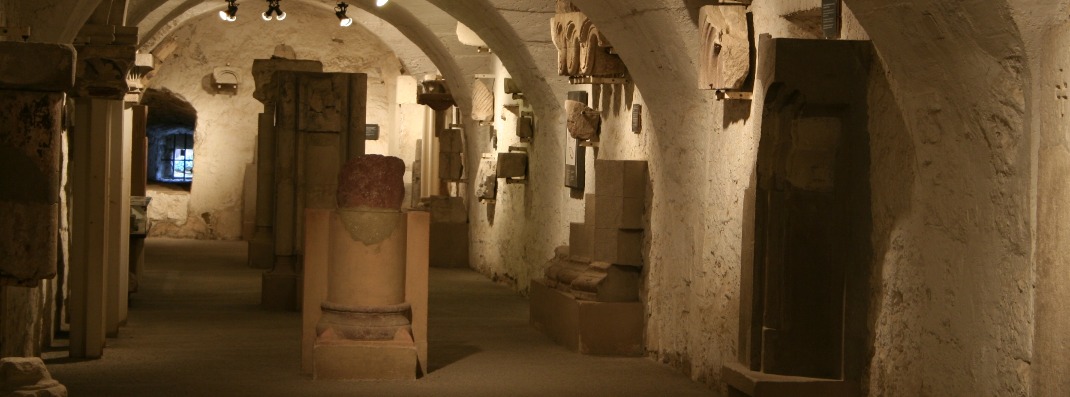
|
Egri Vitézlő Oskola (Authentic Warriors’ Association)
It makes Eger and the defence of the castle in 1552 popular and well-known through its connections all over the country and Europe.
|
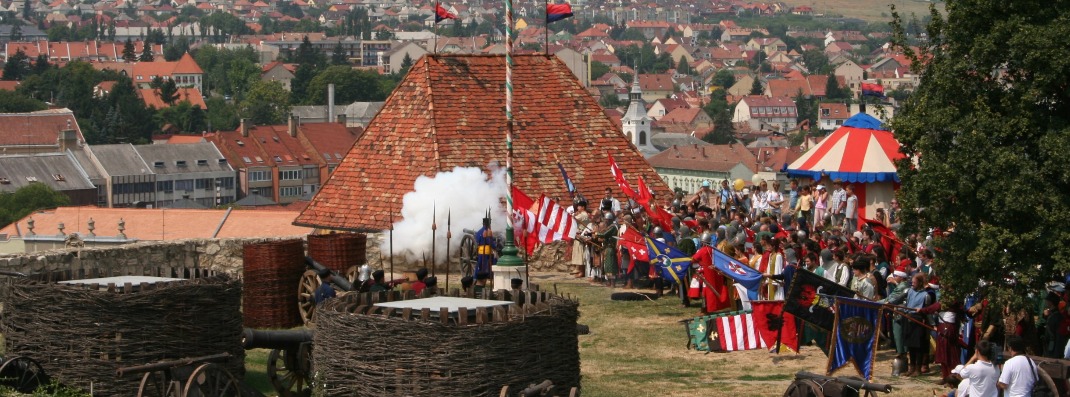
|
Kopcsik Marcipánia
Kopcsik Marcipánia is an attraction of Eger which is a unique collection of works of art from marcipan all over the world.
|

|
Egri Szépasszony-völgy (Valley of the Beautiful Woman)
Wine culture and gastronomy connected to it and of course the biggest wine cellar area with its natural values are of outstanding touristic attractions of Szépasszony-valley.
|
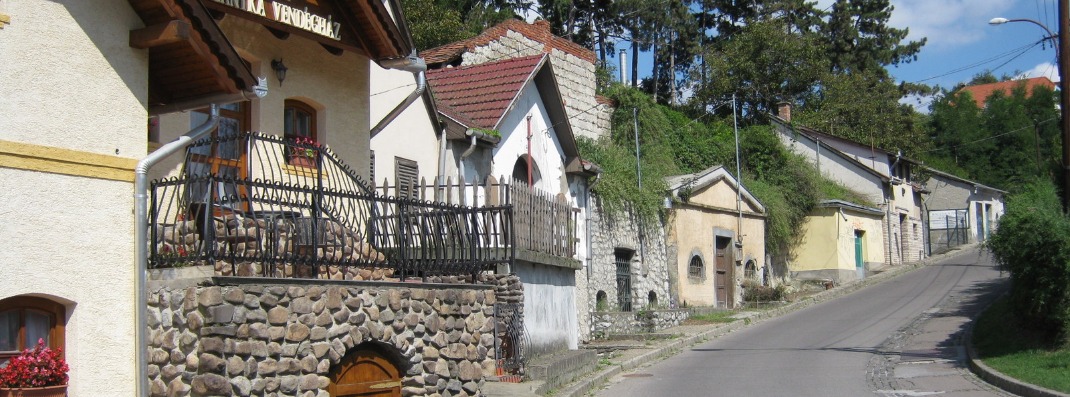
|
Minaret of Eger
Minaret of Eger with its great carved tower and stone decorations is a representative of Muslim-Turkish architecture in Hungary.
|

|
Civil Forum cooperation system of the civil organisations of Eger
It is a unique example of cooperation of the civil organisations of the town with its continuous work.
|

|
Puppet performances of Mikropódium
The puppet theatre has had numerous successful performances in several countries with the little puppets making Hungarian culture popular.
|
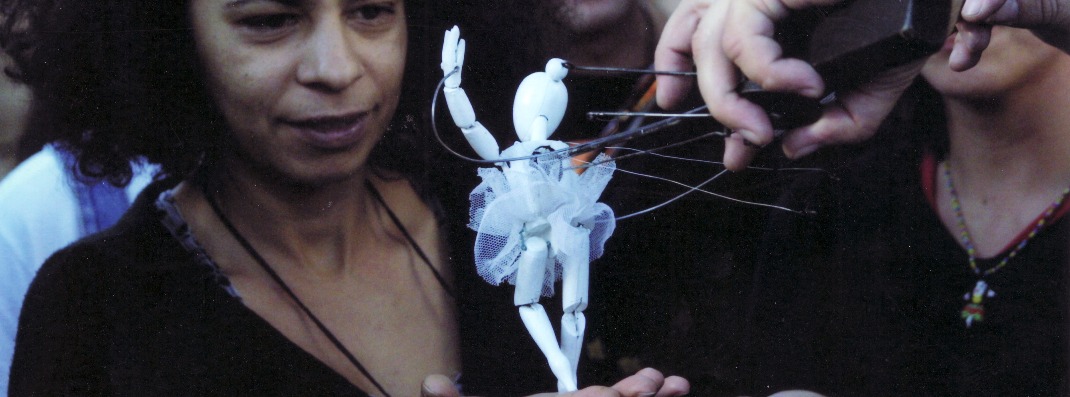
|
Protected trees, valuable alley trees of Eger
The trees, groups of trees, trees of alleys representing outstanding dendrological and aesthetic value are important to protect for the future.
|
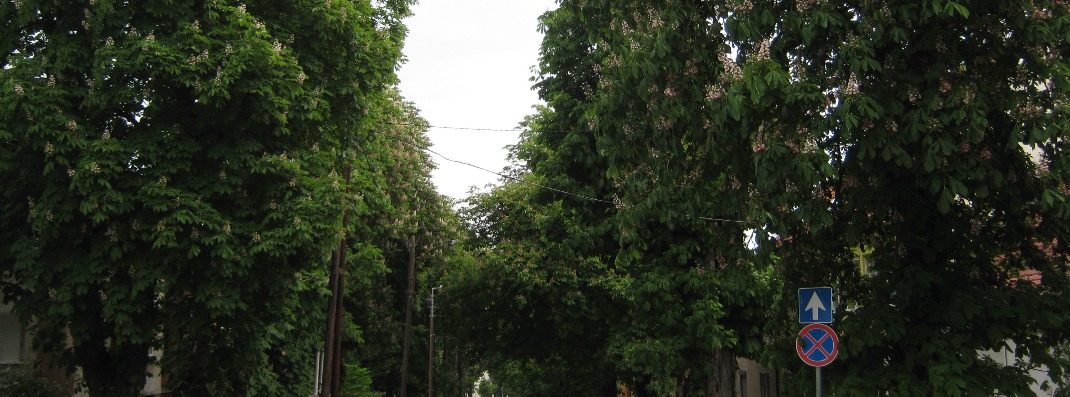
|
Sports history of Eger
Outstanding sportsmen of not only local but of national and world level have started from Eger in the past 100 years.
|
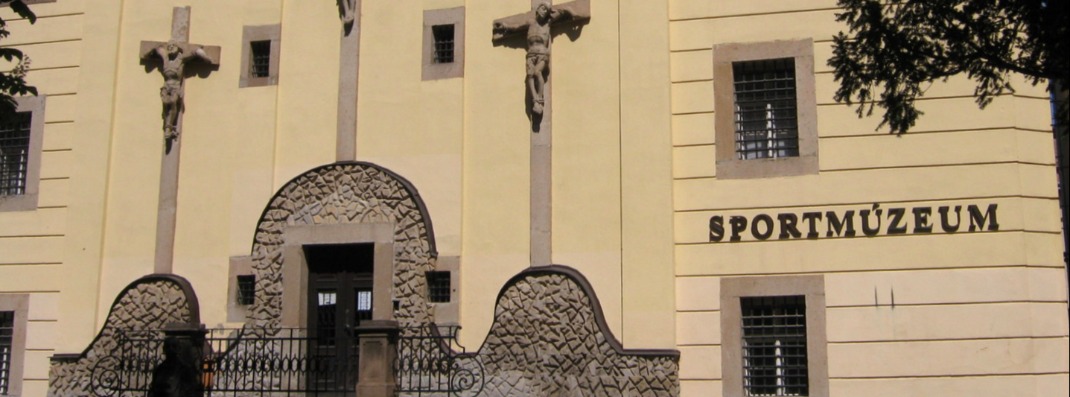
|
Basilica of Eger
The second largest church of Hungary, the impressing look of which is emphasized by its position as well, an outstanding creation of Classist art.
|
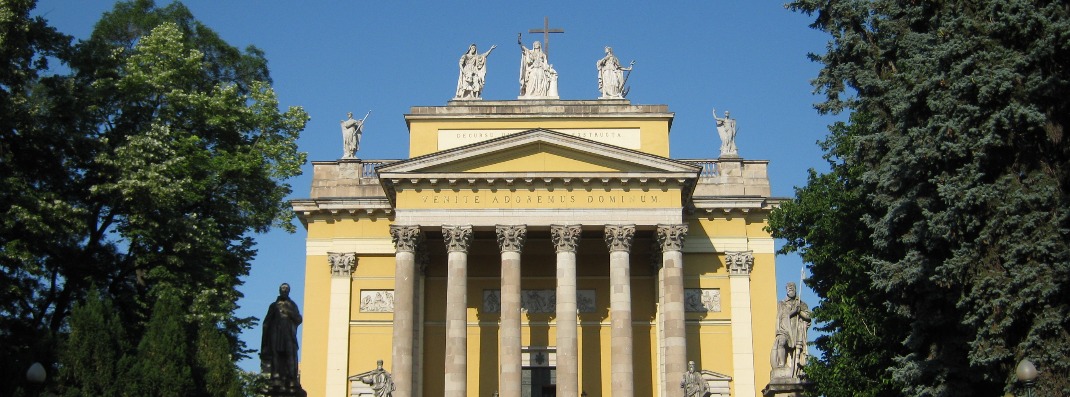
|
Hospital of the Hospitaller Order and the first medical university which used to work in Markhot Ferenc Training Hospital and Policlinics
The oldest building unit of Hungary built as a hospital of contemporary professional standards, had its own pharmacy and has been used for medical purposes since then.
|
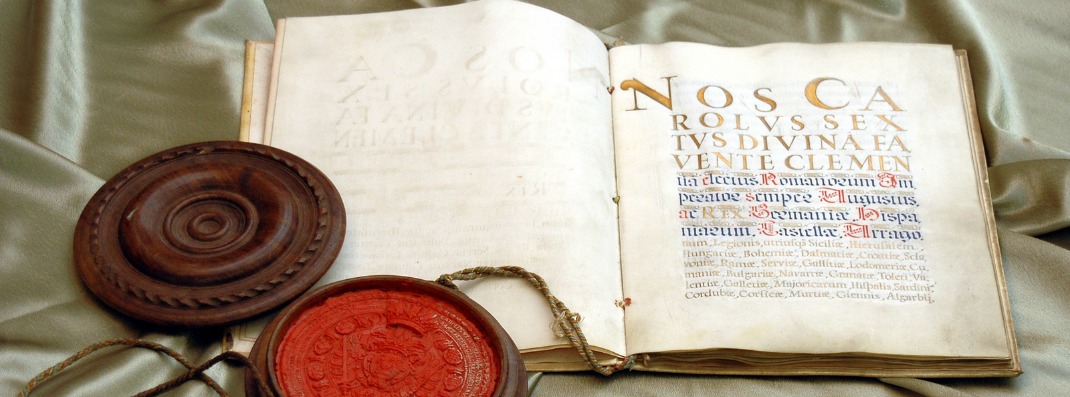
|
Kossuth Lajos street and its three most famous palace
- Little Provost Palace, Eger, Kossuth str 4.
- Grand Provost Palace, Eger, Kossuth str 16. /at present the building of Bródy Sándor County and Town Library/.
- County Hall with the late Baroque wrought iron gates of Henrik Fazola and the building of the old prison, Eger, Kossuth str 9.
|
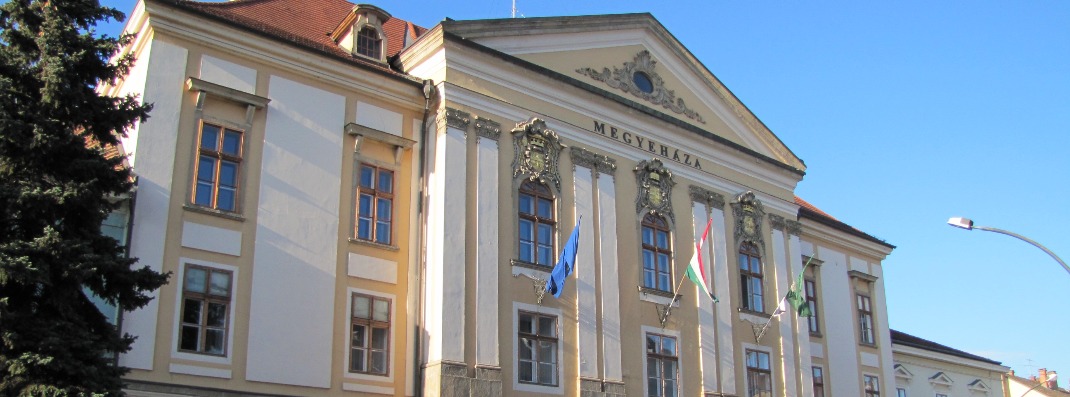
|
Locally protected nature reserve of Mész-hill - Nyerges-hilltop
The locally protected nature reserve is home of several botanical, zoological, geomorphological and culture-historical values.
|
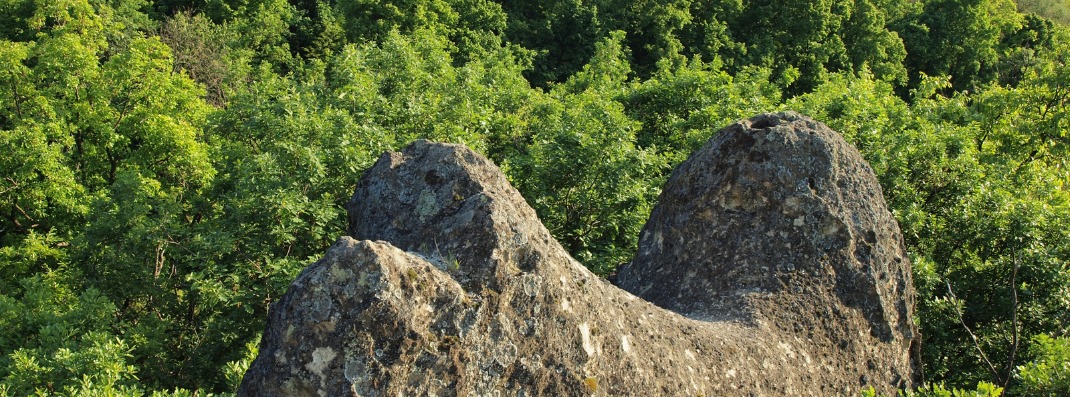
|
Flowery Eger – Nice Environment Competition /movement since 1992/
Thanks to the competition since 1992 the floral surfaces have got multiplied in the town and the conscious environment decoration activity of the inhabitants has also immencely developed.
|

|
Minorite church of Eger
An outstanding creation of European Baroque with its architectural, fine- and applied arts values. One of the nicest Baroque churches of Central Europe is situated on the main square of Eger.
|
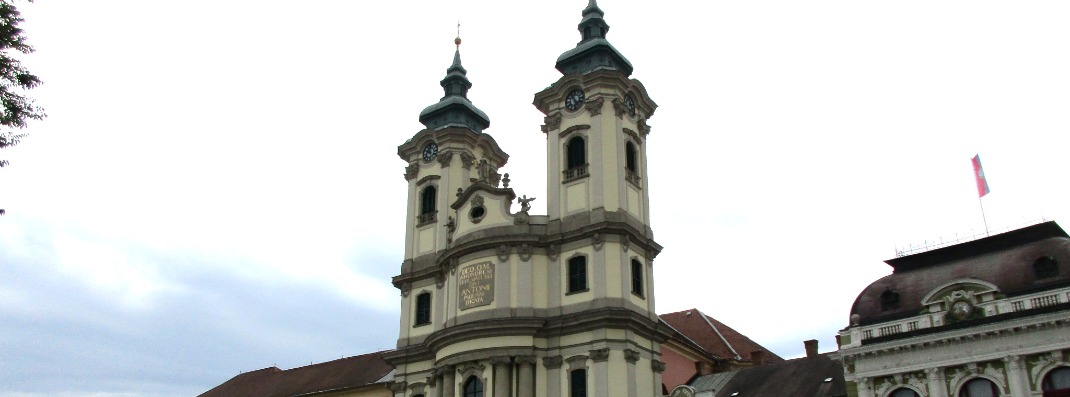
|
Cistercian - former Jesuite - church
It is a Baroque, late Baroque monument of Eger, some of its enterior (altar pictures, pulpit, etc.) date back to the 18th century.
|
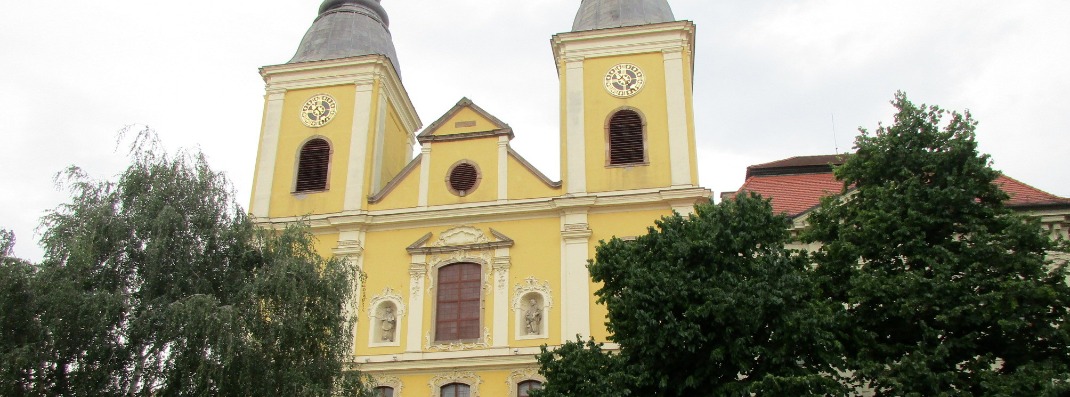
|
Crucifixes, crosses, Madonna statues in Eger
The crosses, Madonna statues represent important religious historical and town historical values.
|
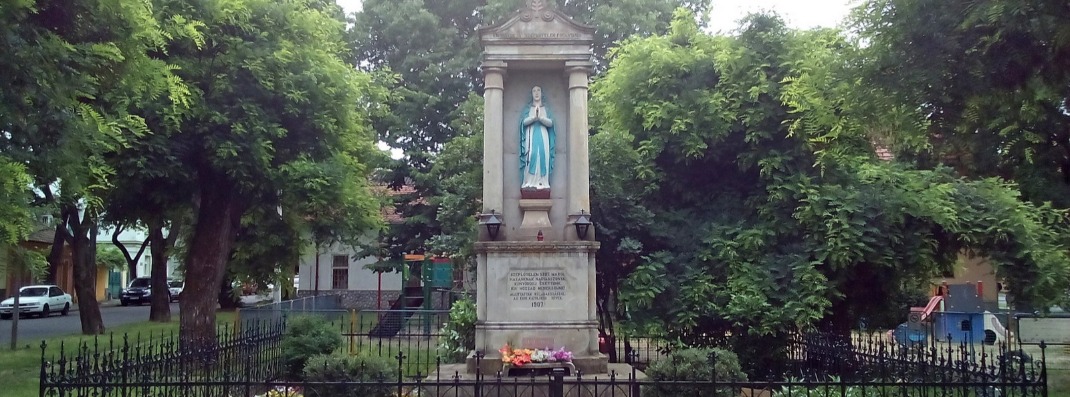
|
Immaculata Conception Assumption Franciscan church
The two-towered church with straight-cut apsis having a cript is one of the largest ones in its size and art-historical values.
|
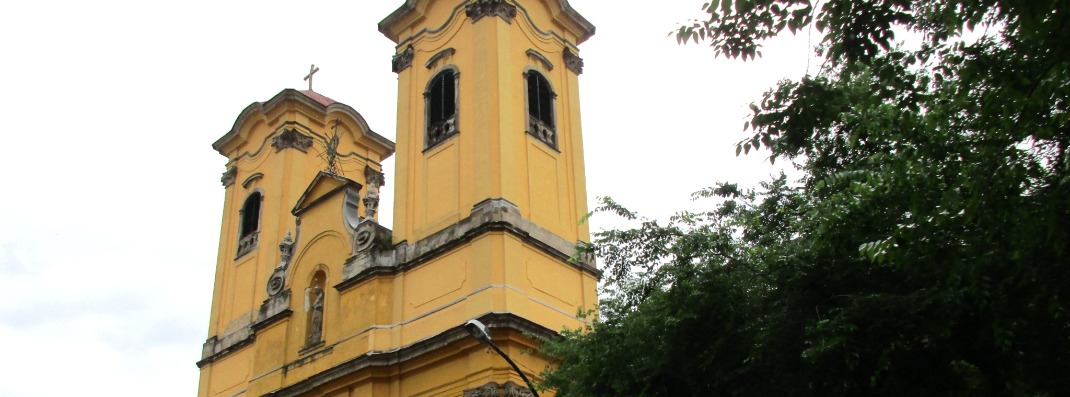
|
Botanical garden of Eszterházy Károly University
The botanical garden has about 400 plant species – this way it is a genetical information about the flora of Hungary and of the Carpathian Basin.
|
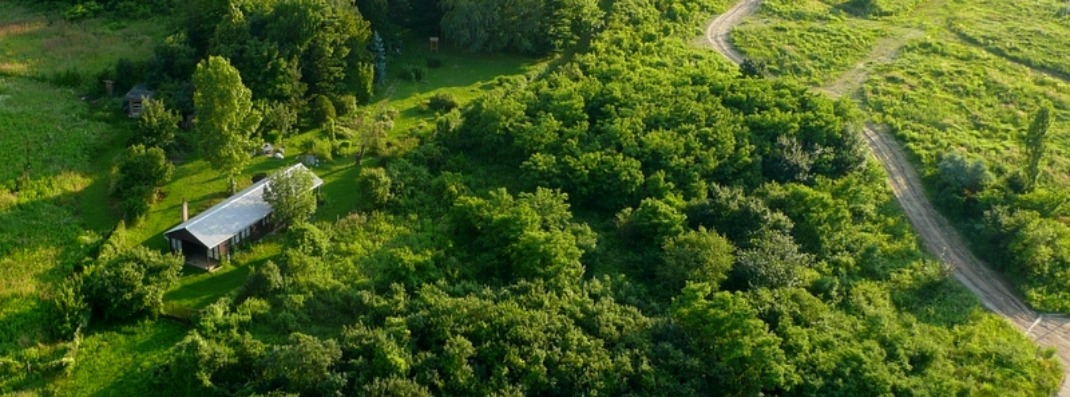
|
Mother in Pains Servite church
The building unit represents outstanding monumental value, it was created by outstanding artists.
|

|
Fine-art works in public places of Eger registered by the local government
The town is well-supplied with works of art placed at the public places of Eger. Outstanding works of artists have been hosted by the town.
|
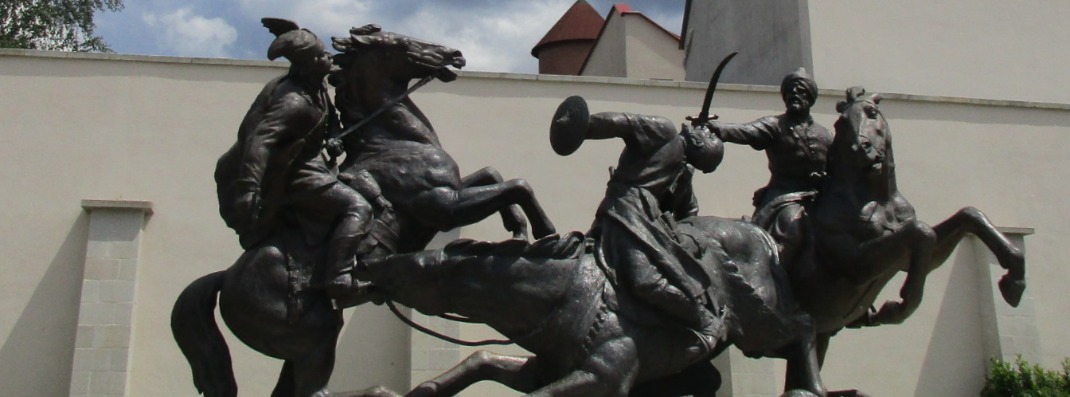
|
Archbishop’s Palace of Eger
The building unit is one of the nicest and most valuable architectural relics of the downtown with several internal architectural details, Baroque and late Baroque stoves, frescoes from the 18th century.
|

|
Heroes’s cemetery of Eger
A historic and tribute memorial place of Eger. Respecting and preserving the memory of the heroes resting in the cemetery is the task of posterity.
|
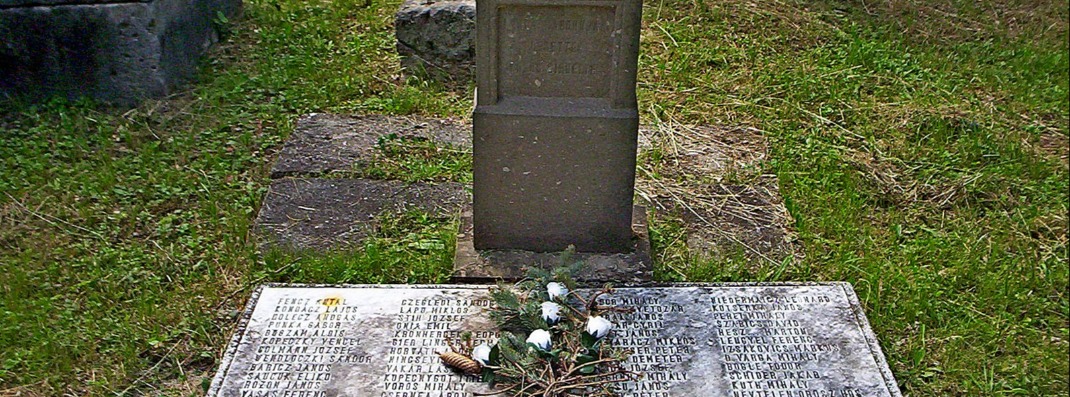
|
School of teaching music in Eger
The music school has become a dominant factor in the cultural life of the town. The students, teachers of the music school are permanent participants of the town- and county programmes, celebrations.
|
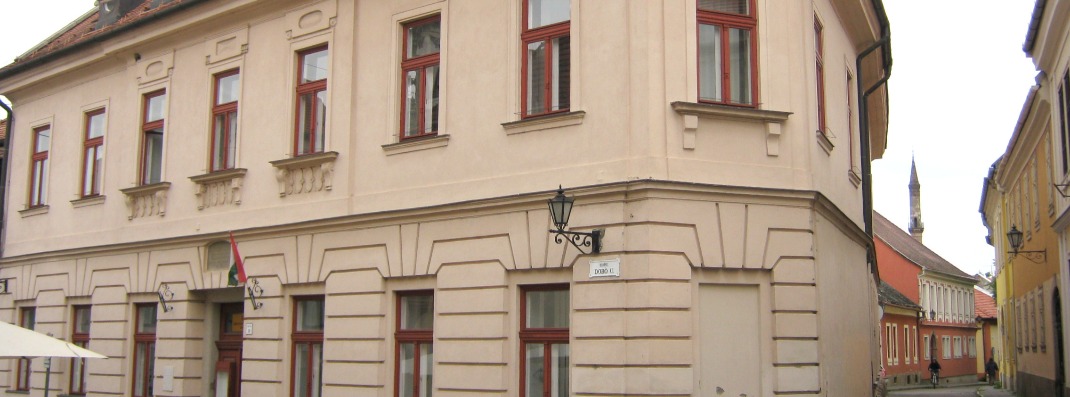
|
Water of Eger
The herb destillation „invented” by the head of the Jesuit pharmacy in the middle of the 18th century is one of the most peculiar memories of the past of the pharmacy of Eger.
|
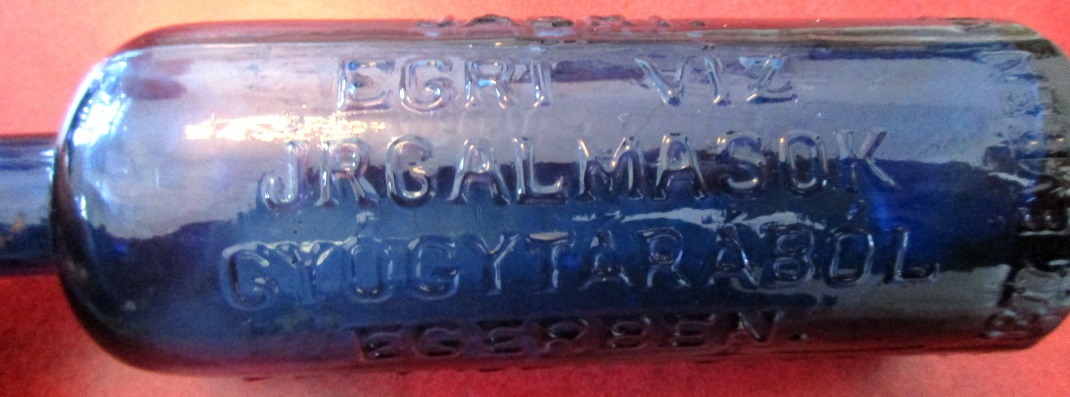
|
Renaissance fresco of the coat of arms of bishop Ippolito D’Este in the castle of Eger
The relic painted in 1500 is a rarety not only in Eger but in Hungary as well.
|
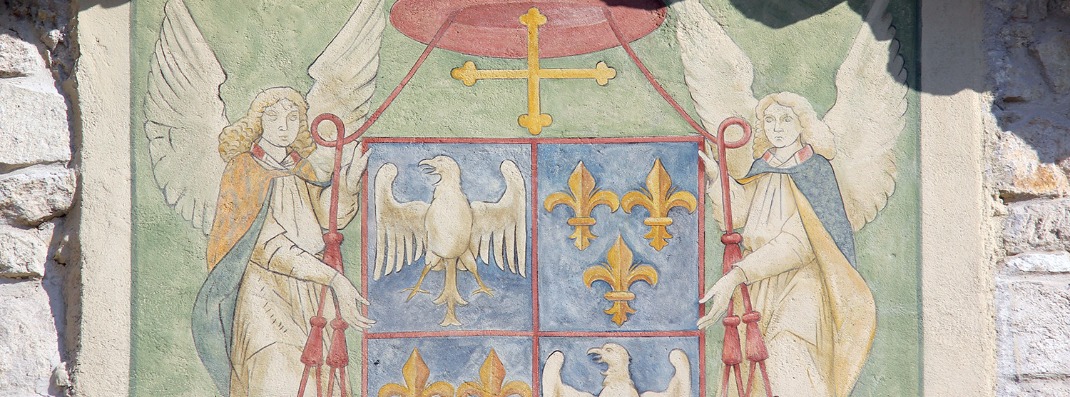
|
Painted bridal cases in Eger
A bridal case used to be an important piece of furniture of grapegrowers’-, winemakers’-, craftsmen’s, relailers’ households of the outskirts of the town.
|
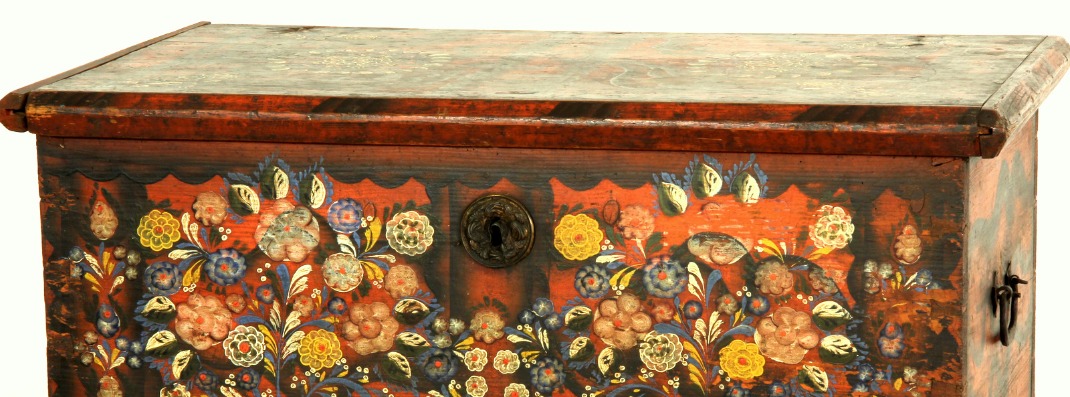
|
Excavation of the layers of the clay quarry of Wind brick factory
The layers of the clay quarry excavated at the time of the operation of the factory revealed an internationally unique, exceptional geological-paleontological heritage.
|
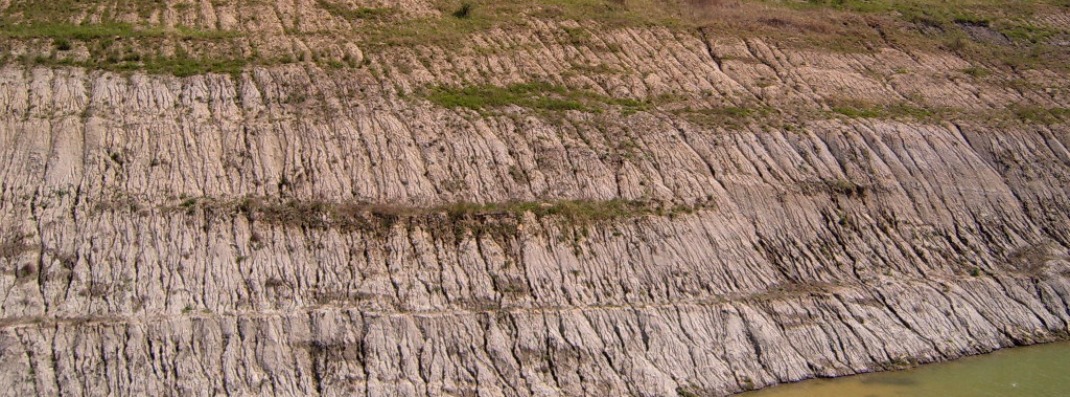
|
Literature heritage of Gárdonyi Géza
It is one of the most complete collections having survived intact. The writer gained high rank in Hungarian literature history with his life work.
|
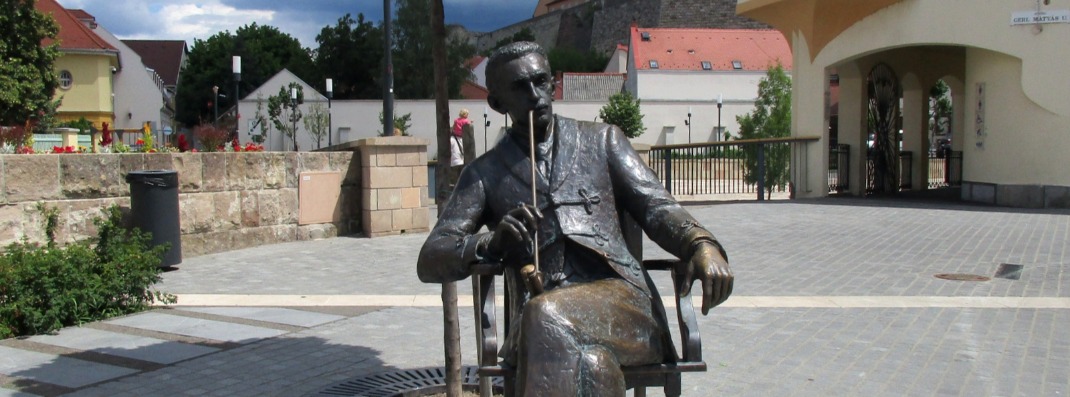
|
Treasures /codexes, first prints, handwrites/ of the Archdiocese of Eger
When bishop Eszterházy Károly continued the university founding plans of his predecessor Barkóczy Ferenc, his first duty – after having completed the Lyceum – was to create a library worthwhile for a university.
|

|
Literature heritage of Bródy Sándor
Bródy Sándor is a dominant personality of the literature of Eger whose art has made important inprint on the town.
|
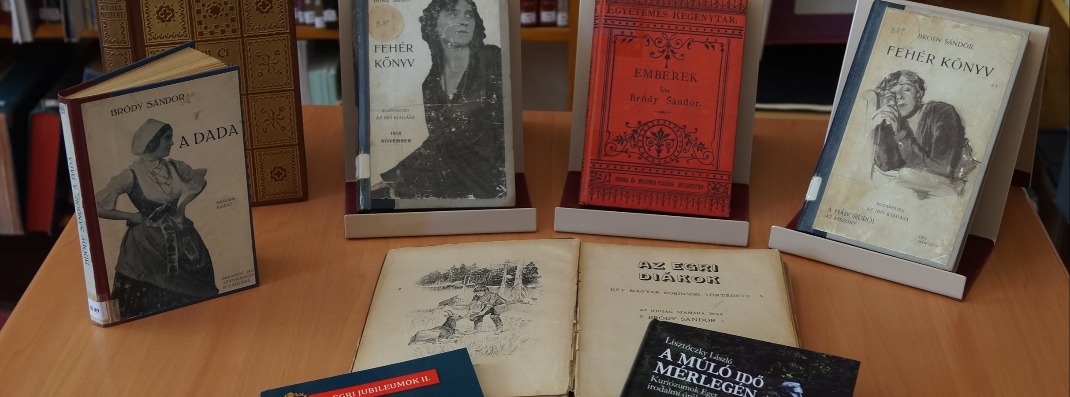
|
Activity of Apor Elemér
Nowadays writer, poet Apor Elemér is the one who proves the words of Gárdonyi: not everyone can be born in Eger, but can gain it to be called local citizen.
|
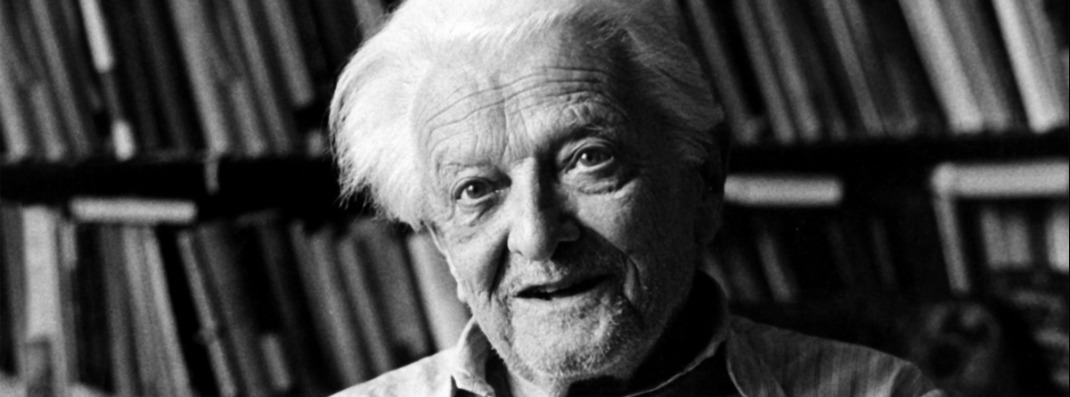
|
Works of art of Kracker János Lukács in Eger
His paintings made all over the archdiocese make it a life work one of the most important of the 18th century fine arts of Hungary.
|
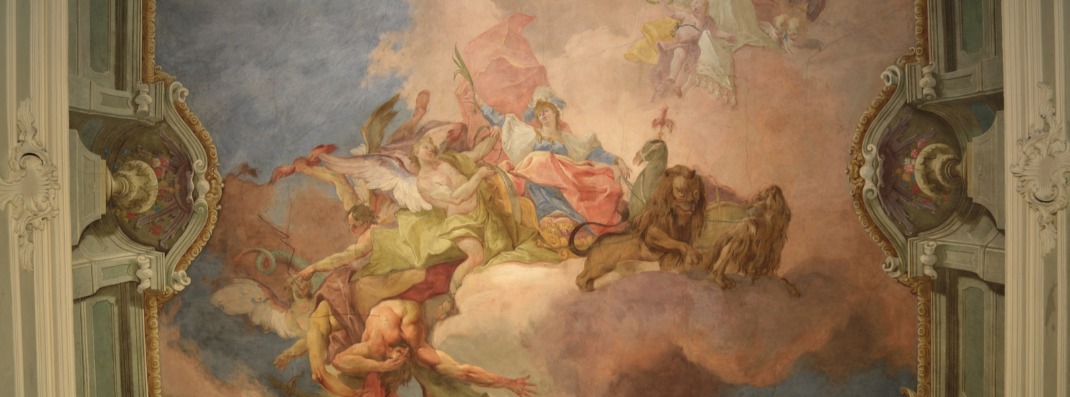
|
Dobó István Grammar school, the first state school of Eger
It has worked as a state grammar school since 1890 in one of the nicest Baroque buildings of Eger. It was built by the Jesuits to be a grammar school and a monastery in 1754. When the order was banned in 1773, it was given over to the Cistercians and from 1787 it worked as a royal grammar school.
|
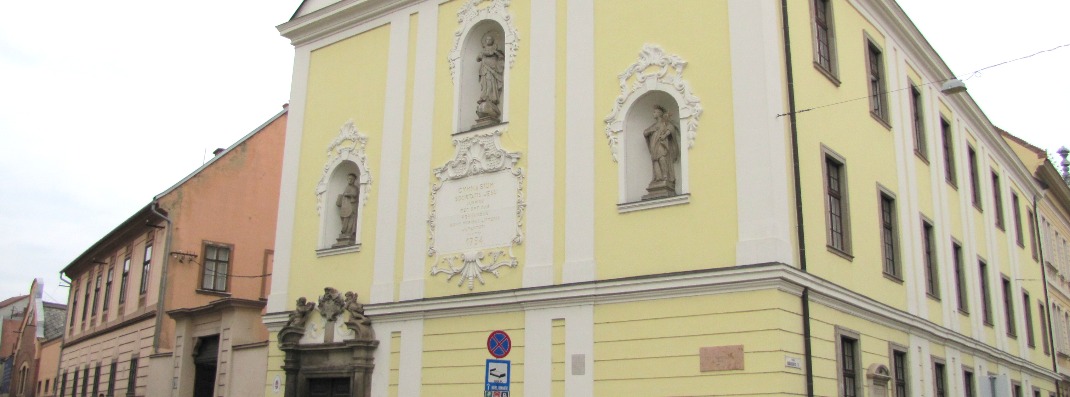
|
Füzesabony-Eger railway sub-line
The creation, construction of the railway sub-line in 1872 fundamentally changed the public transport conditions of Eger.
|
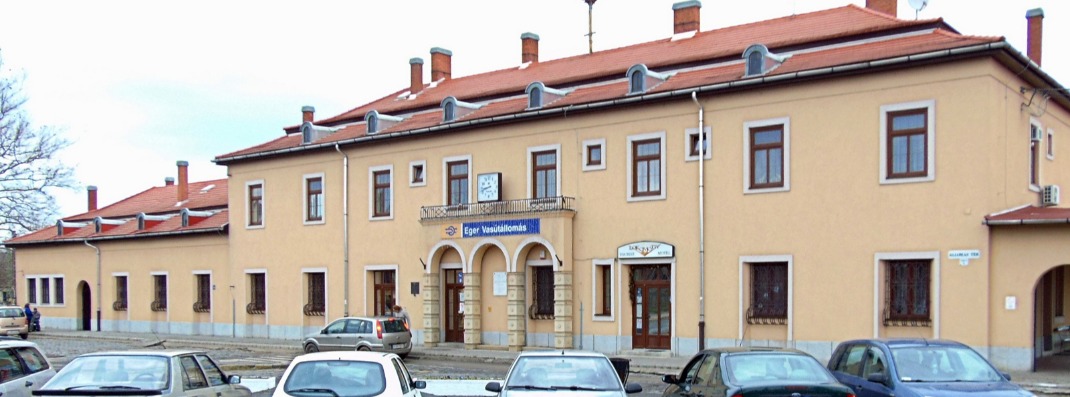
|
Art of painter Nagy Ernő
Citizens of Eger and Felnémet are very proud of his work. His art reveals landscapes of Heves region, the cosy beauty of Baroque Eger, portraits of local people in the past, faith in family.
|
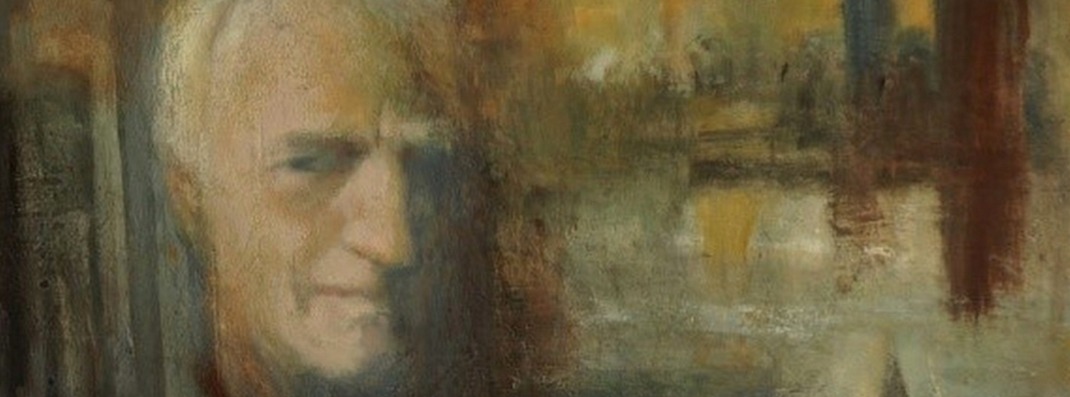
|
Life span of general Lenkey János
9th February 1850 is commemorated by the Hungarian nation, as it was the day when Lenkey János general died in Arad in the castle prison. Eger is proud of him born in the town for his heroic deeds and perseverance for his homeland, nation.
|
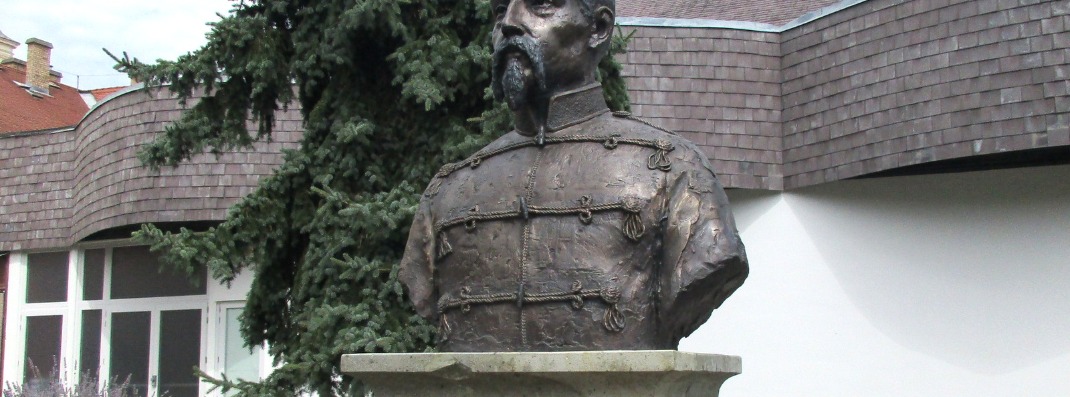
|
Nyárádi Hartl Ede having lived in Eger, the flood boatman of the Tisza
Hartl Ede living in Eger rescued the belongings of the inhabitants of Tiszahalász and Sarud. He set an example not only with his support during the flood of 1876, but also with his generous patronage.
|
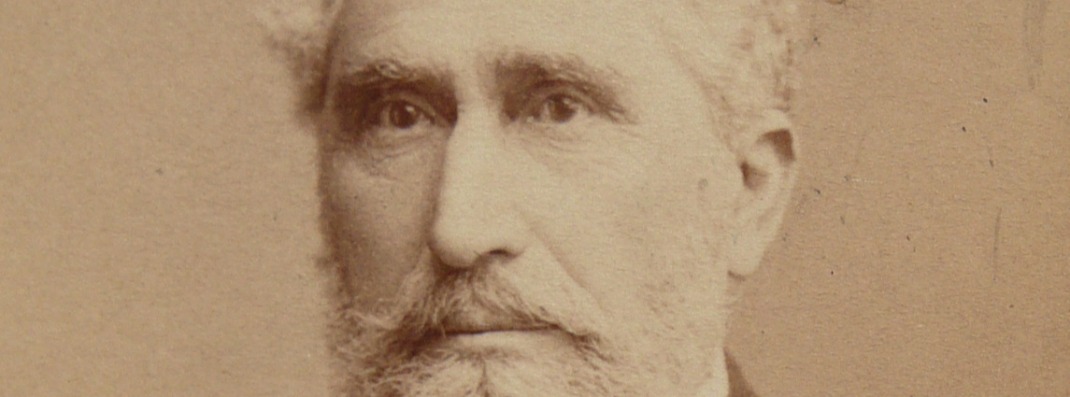
|
Life span of Sugár István regional historian
He was an open-minded, well educated, widely respected person interested in a numerous things. His great knowledge was combined with exceptional modesty. He lived and worked for his town, Eger.
|
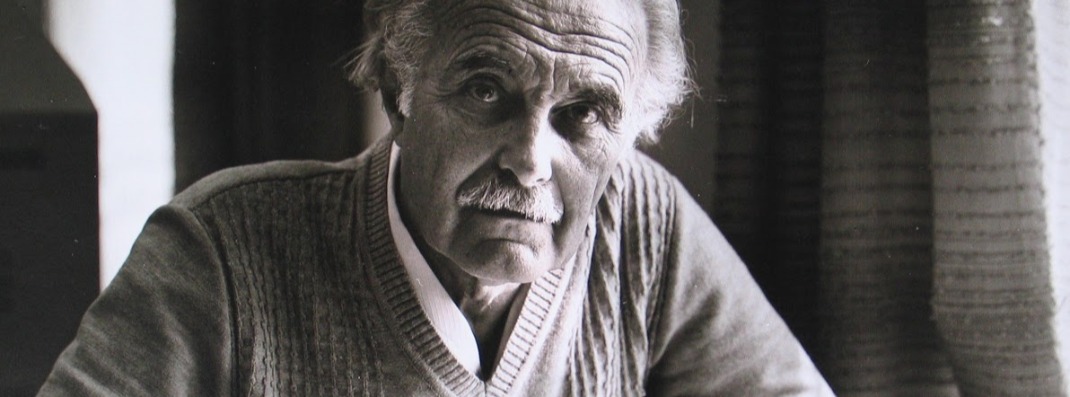
|
The townhall of Eger - the venue of public life
The townhall of Eger is the venue of public life, a dominant building unit in István Dobó square. The assemblies are public, can be followed in the programmes of the town television, an the inhabitants of the town are continuously informed about the activity going on in the town. The main hall – the central part of the building – is a space suitable to welcome guests, to arrange the assemblies, a place where cultural and other events of crucial importance in the life of the town are organised.
|
.JPG)
|
The hóstya - districts of Eger
The hóstya-districts of Eger are peculiarities in the settlement construction of our town having been formed in the 18th century when new people doing peasant- and crafts activity settled besides the citizenhood already living in the town centre. The majority of Eger lived in these parts of the town for centuries providing not only the inhabitants of the city centre but the settlements of the region as well with agricultural products, manufactured goods.
|
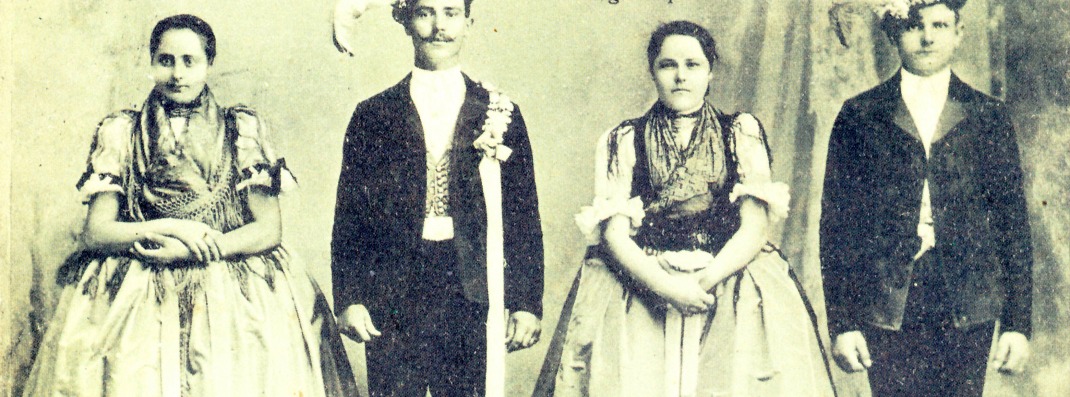
|
The Egri National Watercolor Biennale, then Triennale (1968–2018)
The Egri National Watercolor Biennale, then the Triennale (1968–2018), as well as the Contemporary watercolor collection of the István Castle Museum Dobó. It is one of Eger's 50-year-old series of contemporary painting exhibitions that has gained great importance in the Hungarian artistic life.
|
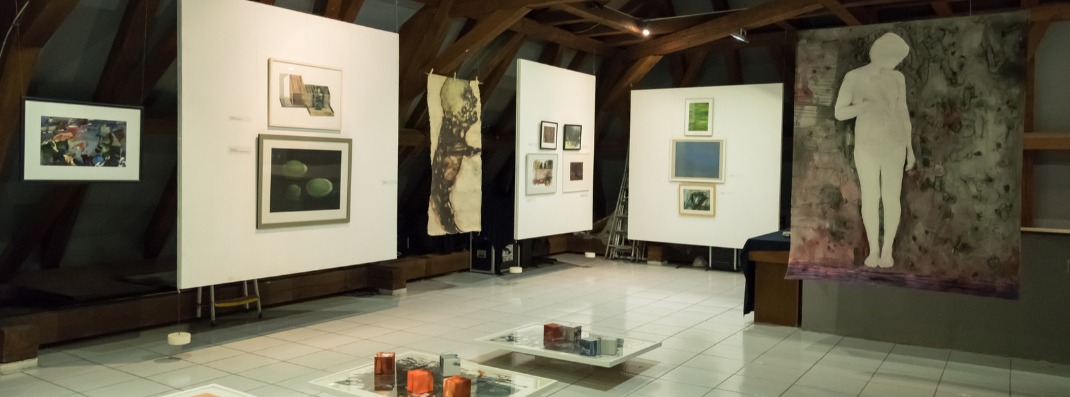
|
Kovács Mihály /1818-1892/ the career of the artist, his relations to Eger
Mihály Kovács is an important representative of Hungarian Fine Arts of the beginning of the 19th century. His artistic heritage is not only local value but it is in national and European standards as well.
|
Azutols%C3%B3haj%C3%B3t%C3%B6r%C3%A9sL.sz.55.165..jpg)
|
Red apple of Eger is a land variety of the region
An apple variety re-discovered as a land variety involved in mass production as well.
|
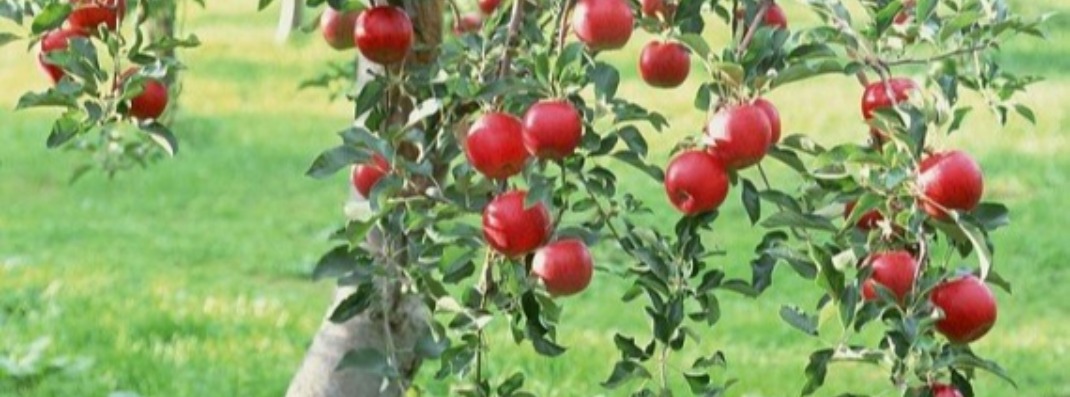
|
Work of Noble István Mlinkó, director of the deaf-mute institute
The major achievement of his work is the establishment of the Deaf-mute Institution of Eger and the school building built in 1928 as spiritual heritage of the founder and which also represents an architectural heritage for the town.
|
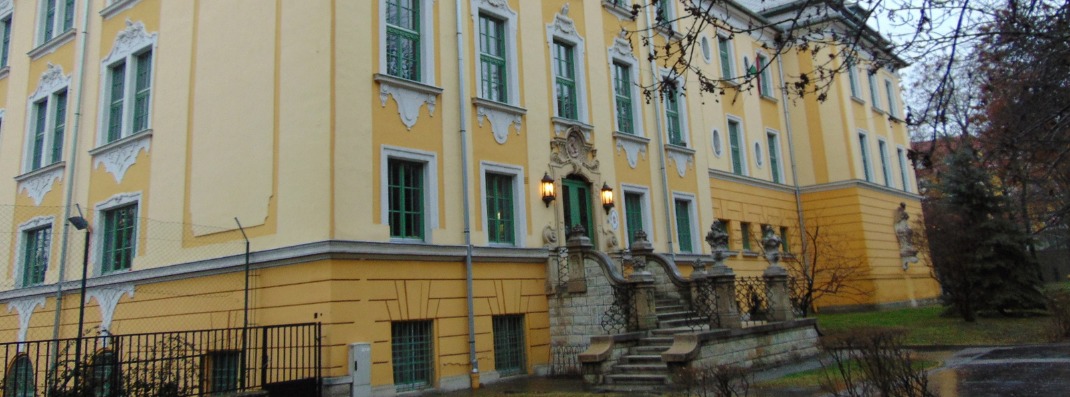
|
Virgin Mary cemetery chapel (Blessed Virgin Mary)
The chapel of Virgin Mary cemetery is an early 18th century building which got its present facade in the 19th century, this way Classicistic elements can also be discovered on it.
|
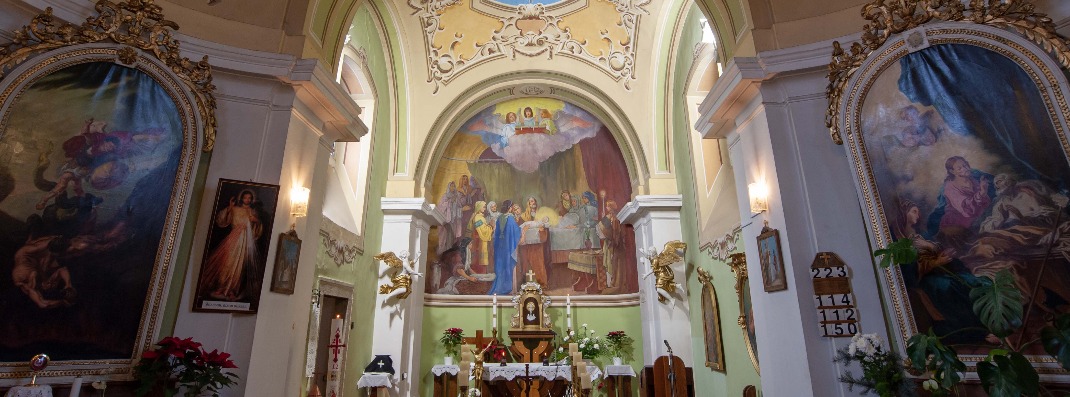
|
Eger Blue and Red Orbiting pigeon breeds
Eger Blue and Red Orbiting pigeon breeds have achieved great results thanks to their outstanding characteristics. Eger Blue Orbiting small size pigeon got declared protected, native national value representing high genetic value and at the same time on the list of endangered species by 2004 national assembly decret (32/2004. (IV. 19.).
|
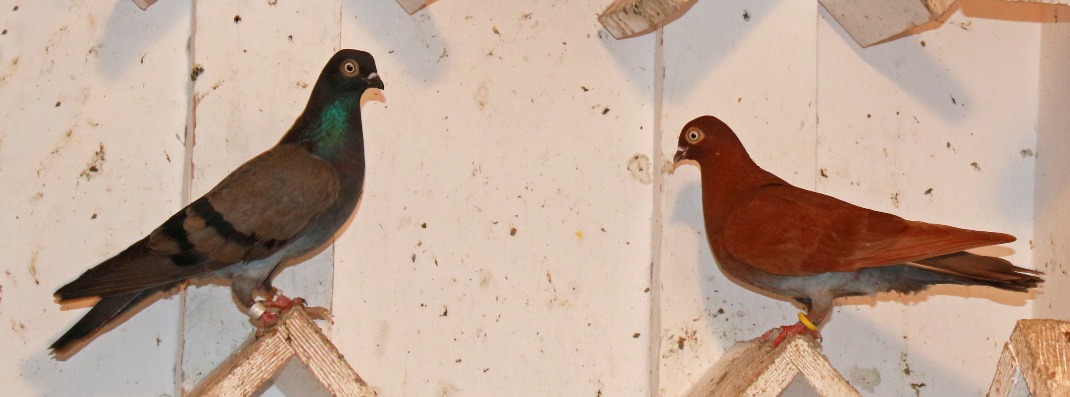
|
Senator House
The building of Hotel Senator-House has preserved the traditional atmosphere of the town not only thanks to its historic building but its internal ambience as well: it is almost a museum with its internal atmosphere, antique furniture, utensils, relics of the 18th-19th centuries.
|
.jpg)
|
Activity of Imre Breznay historiographer
The oeuvre of Imre Breznay is indispensible and fundamental professional literature for historiographers even today.
|
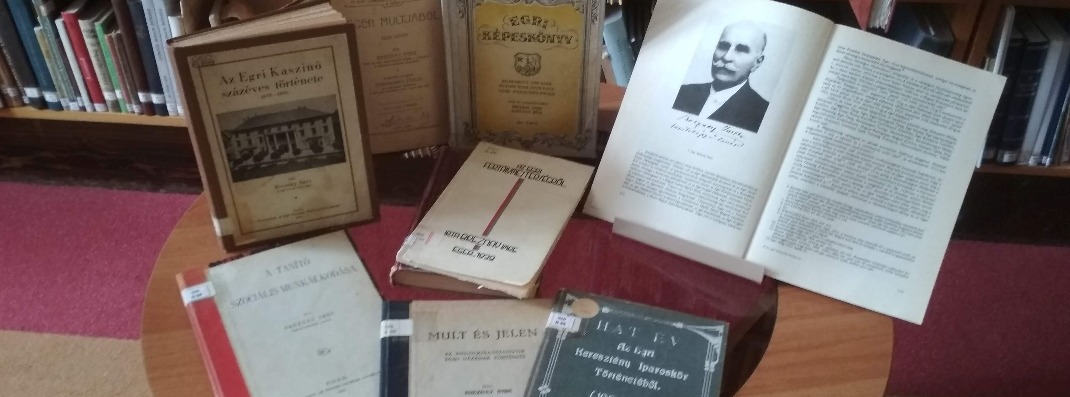
|
 A te történeted
A te történeted
